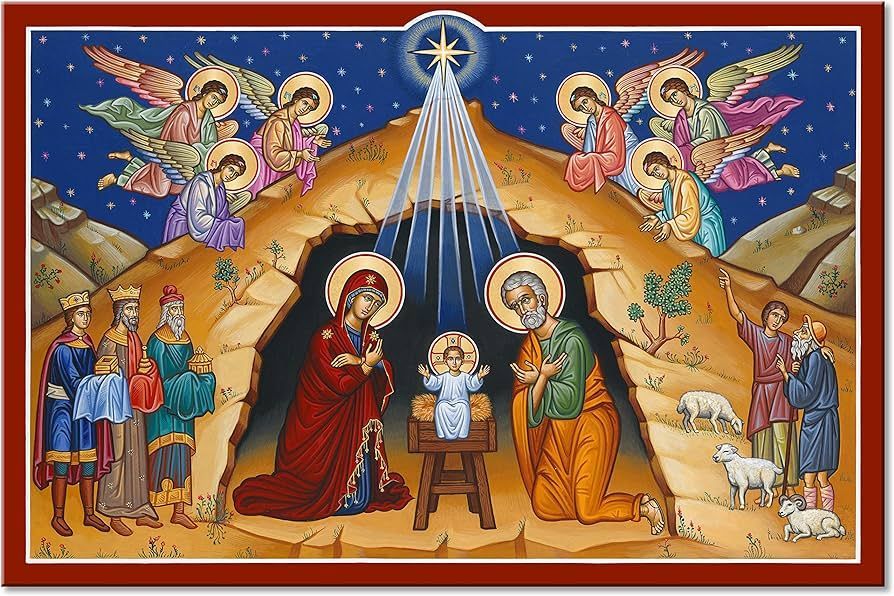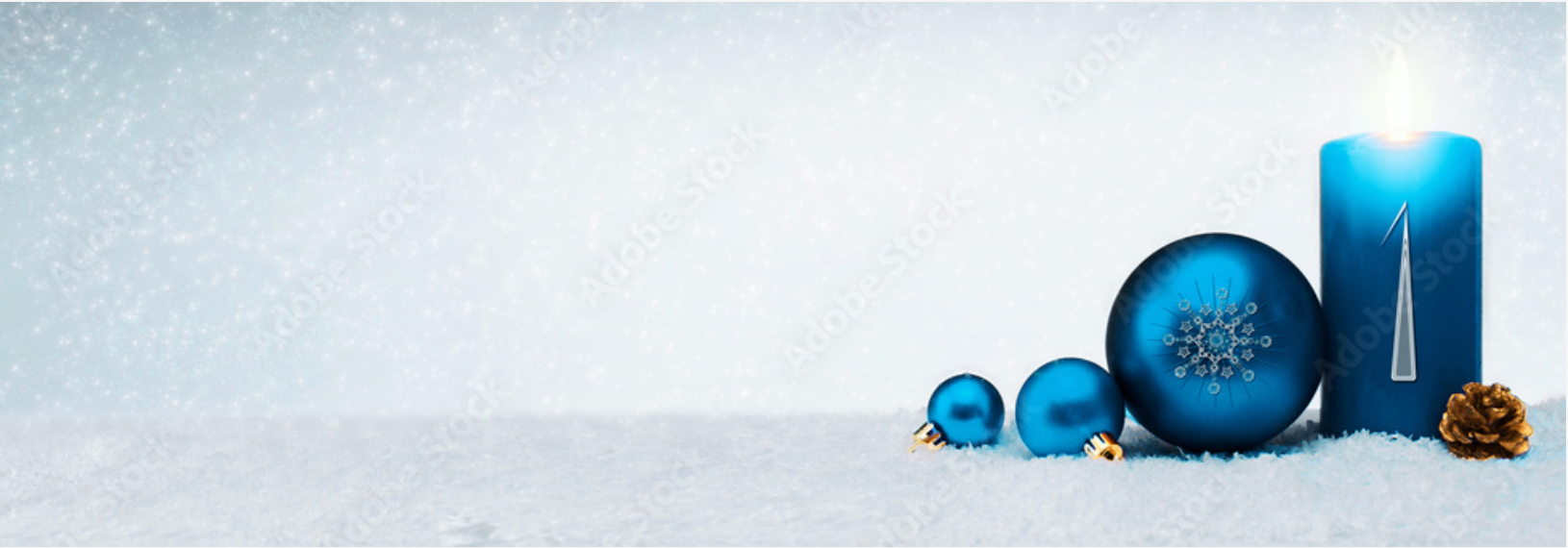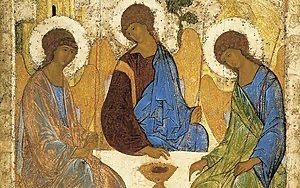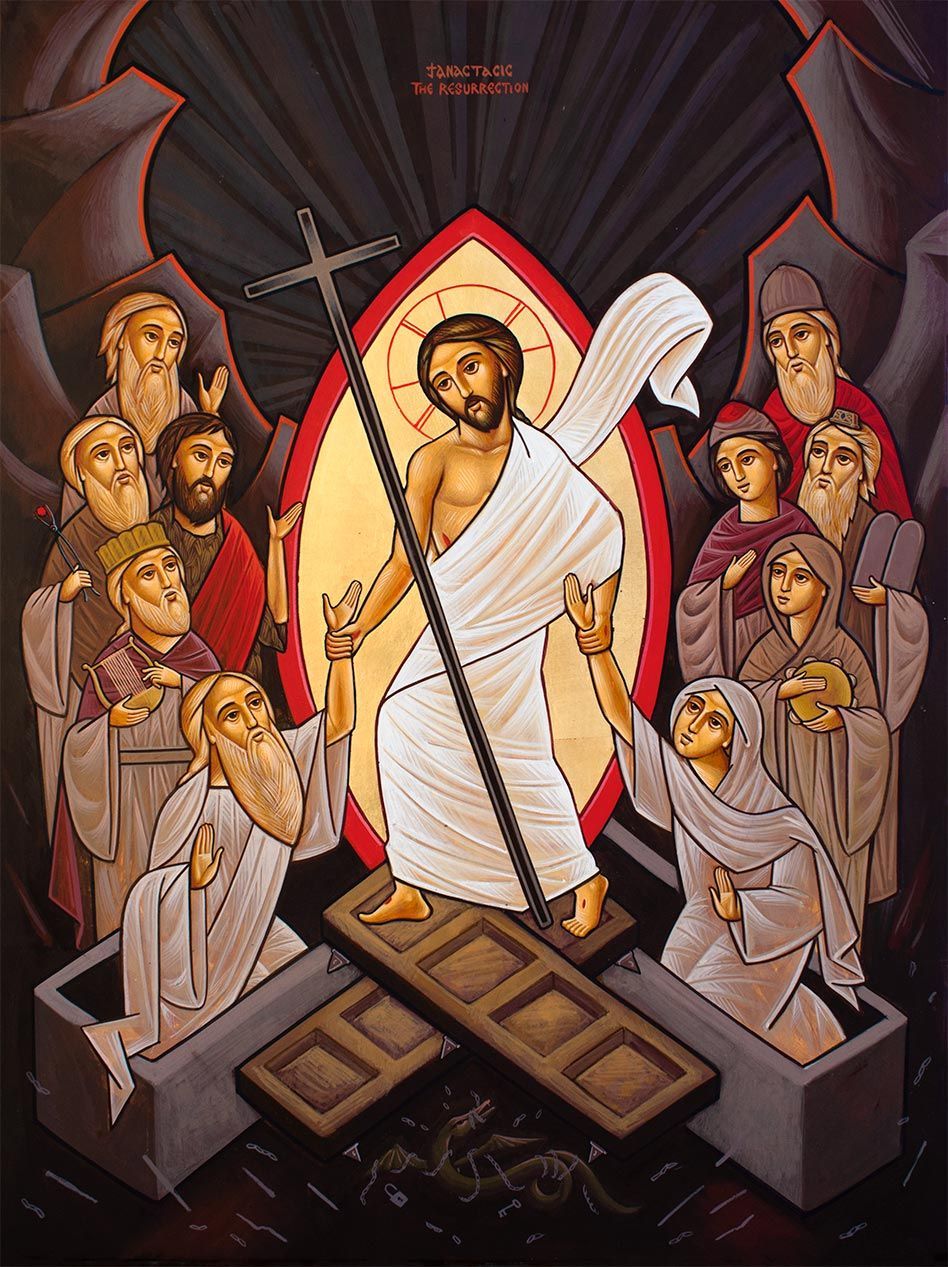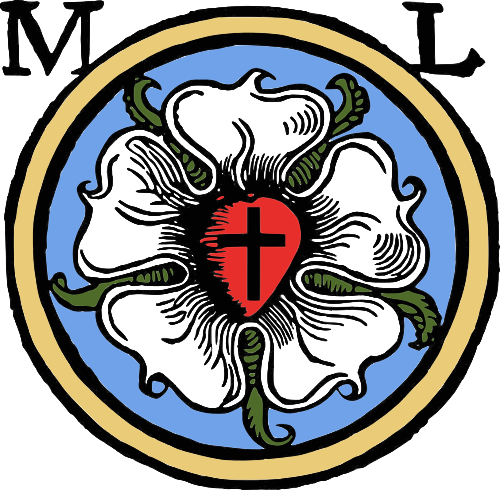Twenty-sixth Sunday after Pentecost, Year B, November 17, 2024
I heard a story on the radio yesterday
that asked the question
“what was the worst year
to be alive on the earth
in recorded human history?”
The story originally aired in January of 2022,
right on the heels of the pandemic,
and the question had been spurred
by the hosts trying to decide
which year had been worse,
2020 or 2021.
The host then wondered
which was the worst year of all years,
the year it would have been the worst to be alive.
After some research,
he came to the conclusion
that the worst year to be alive on earth
was approximately 536 CE.
Quoting research done by a team
who had discovered concurrent phenomena
in about the year 536,
and then expanding the research to other civilizations
around the globe
to see if they were experiencing the same thing.
Their research discovered that,
in fact,
there was a nearly global
and simultaneously occurring experience
that made 536,
along with the rest of that decade,
arguably the worst time to be alive in human history.
It seems
that a chain of volcanic explosions
coupled with debris in the stratosphere
leftover from Haley’s comet the year before,
made the sun appear bluish in color,
preventing its warmth,
and plunging the planet into perpetual winter
from February of 536 to June of 537.
Yellow ash fell over China
like alien snow.
Crops failed from Scandinavia,
to Syria,
to Korea.
The Mayan Empire,
in what historians call the classic period,
has a smaller documented period
called the ‘classic period hiatus’
where in the Mayans stopped keeping records
for roughly the same period of time.
The world over,
crops failed
and famine ensued.
As fields lay fallow,
rodent moved closer to human populations.
Without the sun,
already malnourished humans
produced less Vitamin D,
and their weakened immune systems
succumbed to diseases.
Those who didn’t die of starvation,
died of disease.
Entire Swedish villages
were abandoned en mass.
Ireland recorded a “failure of bread.”
A Roman official
recounts being unable to see shadows at midday.
A Syrian writer
recounts that the birds died
from the prolonged winter
and lack of food.
Desperate for food,
people began to butcher corpses for meat
in China.
To date,
the 530s CE
is the coldest decade
in the last 2300 years.
A time without warmth or shadow,
without food or birds,
with blue sun and yellow snow.
Honestly,
is there anything
we take for granted more
than the sun?
A vail of dust
which caused a temperature drop
between 1.5 and 2.5 degrees Celsius
was enough to cause mass death
across the planet
in just 15 months,
with ripples that spanned the reminder of the decade.
The sun is a constant,
to the point that the likelihood
of the sunrise tomorrow
is a euphemism for certainty.
With the exception of that one decade
1500 years ago,
of course.
The pharaohs would rule forever
until they didn’t.
The Roman Empire
would last for eternity,
until it collapsed.
Pompeii counted on Mt. Vesuvius
to be a silent constant of the idyllic scenery,
until it exploded and killed everyone.
The Library at Alexandria
was a wonder of the world,
until it burned.
And the Jewish people
would offer sacrifices in the temple
in Jerusalem,
until both Jerusalem and the temple
were destroyed.
The Gospel of Mark
is most likely written
in the immediate aftermath
of the destruction of Jerusalem
by the Romans
in 70 CE.
The Jewish people,
already scattered across the Roman Empire,
would have to find a new way to worship,
to make atonement,
to orient themselves in the world.
Jewish followers of Jesus,
already differentiating themselves
from Jewish worship practices,
weren’t sure what to make of this development.
Non-Jewish followers of Jesus
were likely even less sure
what to make of this.
Mark is writing his gospel
to the gentile followers of Jesus,
who are trying to make sense
of following this Jewish guy
who is the son of the Jewish God,
whose house was just destroyed.
The gentile gods
of the Roman pantheon
would never let something like that happen.
Seems pretty weak sauce for a deity.
So as Mark writes,
presuming that Jesus must have known
what would happen in Jerusalem,
he records a conversation to that effect
between Jesus and the disciples.
This gives Jesus the chance
to address the fears and concerns
of Mark’s audience directly.
What are they to make
of the destruction of the house of God?
Well,
stuff happens,
to paraphrase another famous saying.
Institutions fail,
temples crumble,
empires rise and fall,
kingdoms rise against kingdoms,
there will be wars
and rumors of wars,
there will be famines
and earthquakes,
blue sunlight
and yellow snow.
But this is not the end.
If you are even a passive observer of the news,
you may be able to relate
to the disciples’ sense of tectonic shift
in the institutions and individuals
they once took for granted.
We see in our churches
a decline in influence and attendance.
We see dysfunction and chaos in our government.
We see our children gunned down in school.
We see monster hurricanes,
devastating wildfires
earthquakes from fracking,
lead-poisoned municipal water supplies,
domestic terrorism,
the threat of global nuclear war,
and a thousand personal tragedies
that never make headlines,
but tear our lives apart, nonetheless.
When, Lord, will the treatments start to work?
When, Lord, will these pews be full again?
When, Lord, will my daughter come home?
What does it look like, Lord, to pay all of my bills every month?
What does it look like, Lord, to be free from addiction?
What does it look like, Lord, to live without fear?
It is in
exactly this uncertainty,
Precisely this anxiety,
Specifically this foreboding,
That Jesus meets the disciples
With hope and honesty.
Jesus teaches the disciples that
stuff happens,
and no matter how terrible things look,
no matter how much things hurt,
no matter how dire their circumstances become,
this is not the end.
False messiahs will come,
This is not the end.
Many will be led astray,
This is not the end.
Wars, and natural disaster, and hunger
will all threaten to kill them.
This is not the end.
In fact, Jesus himself
Would be betrayed,
and arrested,
and wrongly convicted,
and beaten,
and humiliated,
and killed,
and buried.
This is not the end.
No, what feels like death,
what looks like destruction,
and what hurts like. Hell. Itself,
is just. the beginning.
Birth pangs,
Jesus says,
As though he’s trying to tell them
The pain means it’s time to push,
Because there’s new life on the other side.
The promise hidden in this text
Is that when the temple is destroyed
God is set loose.
No stone can hold the God of the Universe.
And,
In just 6 days from this conversation,
the disciples would find
that no stone could hold Jesus either.
Beloved,
when we find ourselves in the grip of fear,
when we struggle to find hope in the headlines,
when we can’t see past the diagnosis,
can’t muster confidence in our institutions,
can’t wait for this time, this season, this struggle
to Just. Be. Over.
Jesus meets us
in exactly this uncertainty,
precisely this anxiety,
specifically this foreboding,
and teaches us
that no matter how terrible things look,
no matter how much things hurt,
no matter how dire our circumstances become,
this is not the end.
Illness may come,
But it is not the end.
Our system of government
may crumble and fail.
But this is not the end.
Wars, and natural disaster, and hunger
will all threaten to kill you,
But this is not the end.
Beloved,
God is redeeming our pain,
bringing new life and new creation through Jesus.
God remakes us in the waters of baptism,
And nourishes us in the Eucharist
to remind us that
though we are spiritually stillborn
and continually given to sin,
we are reborn and redeemed
from our self-destruction
by the self-sacrifice of Christ.
We are called to live this life,
with all its pain and heartache,
in the confidence that
for every death we die
there is a resurrection.
Jesus invites us to be midwives of this new creation,
bearing witness to each other’s pain,
holding each other’s hands,
reminding each other to breathe,
and promising that even if this kill us,
This is not the end.
Birth pangs
are the beginning of our work,
not the ending.
We are the descendants
of survivors,
resilient men and women
who endured the vail of dust
and the cold, blue sun.
We are the inheritors
of the apostles and martyrs,
who weathered the collapse of sacred institutions
and followed the Holy Spirit from the ruble of the temple
to the rock on which Christ would found his church.
I have no idea what the future will bring.
Likely, we will have no idea
just what we are taking for granted
until we are standing in the cold, blue sunlight
of some terrifying tomorrow.
In that day without food
or birds
or shadows,
remember you are midwives of a new reality
and the time has come.
There is work to do
to get to the new life on the other side.
Amen.
